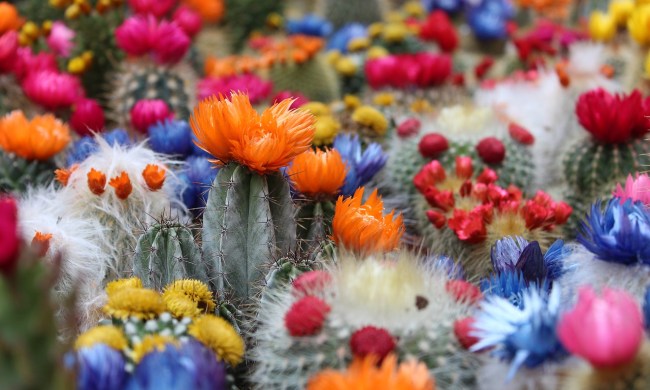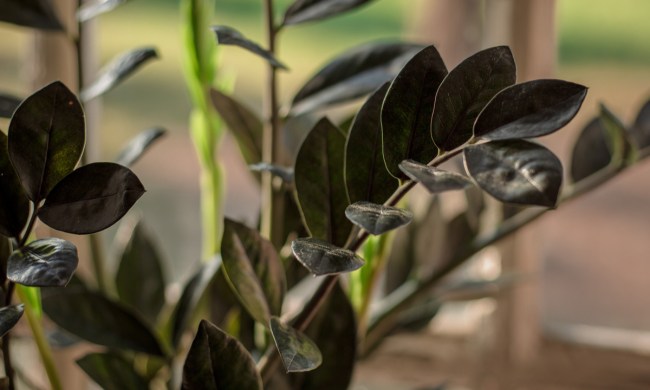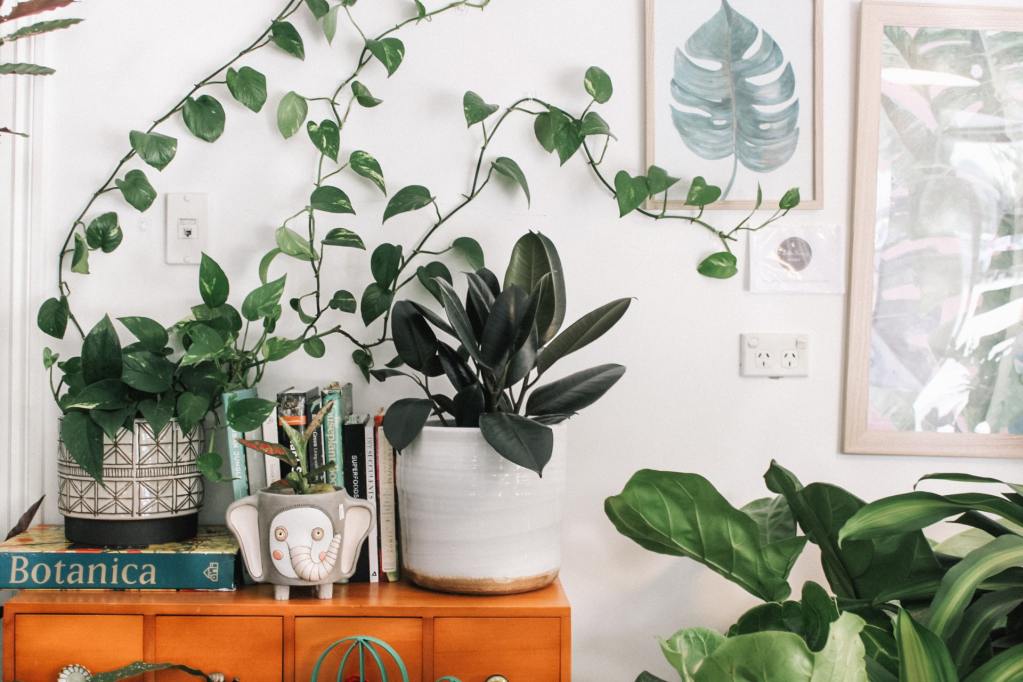
Bringing new plants into your home is an exciting part of being a gardener, but you may not be the only one taking an interest in your plants. If you have a curious kitty, you might need to worry about them chewing on your plants and need to know, are your houseplants safe for cats? This isn’t great for your plants, of course, but it can also harm your cat! Some plants are perfectly safe for your cats, while others can have effects ranging from a mild upset stomach to much more serious consequences. To keep your cat safe, here are some common houseplants to keep an eye on, plus a few you can bring home safely.
Cat-safe houseplants
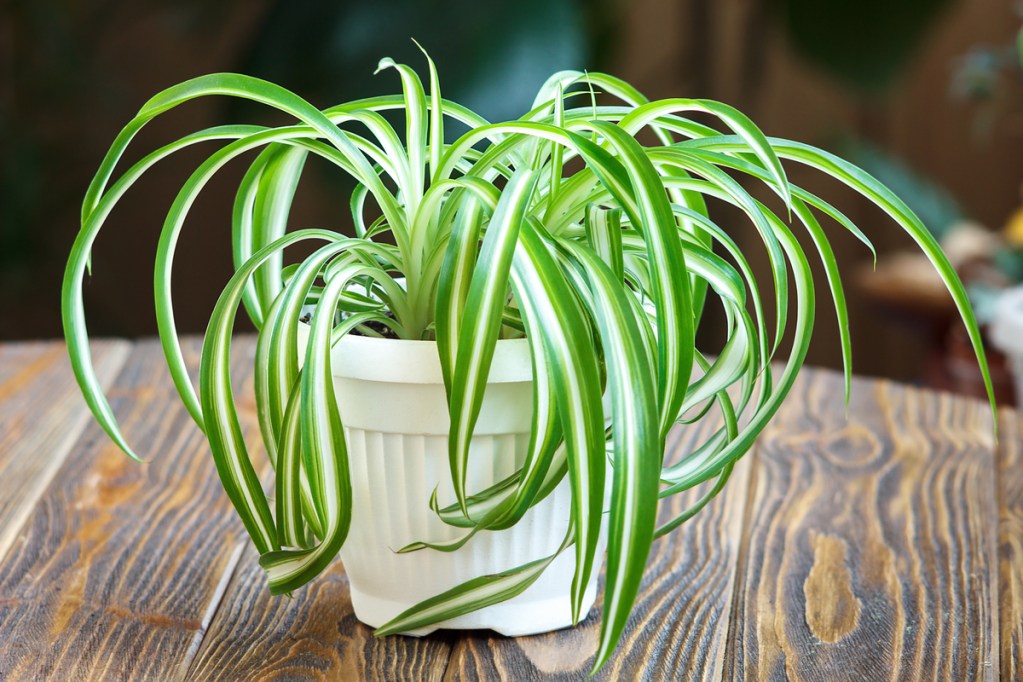
Spider plants are low-maintenance houseplants safe for your cat to nibble on. While you should still try to keep your kitty from eating too much of it, this is more for the plant’s sake than theirs. Cat grass (which is a mix of multiple types of grasses, not a single unique species) is a great option for house cats who love to eat plants. Grass, in general, is safe for cats, and if you grow your own indoors, you can be sure you haven’t treated it with any herbicides that might be unsafe for your cat.
African violets are a safe way to add some color to your home. The leaves and flowers are OK for your cat to take a bite of (although your plant won’t thank you for that!). However, the roots can sometimes cause indigestion. As long as your cat doesn’t like to dig, this plant is safe to have.
Houseplants that are unsafe for cats
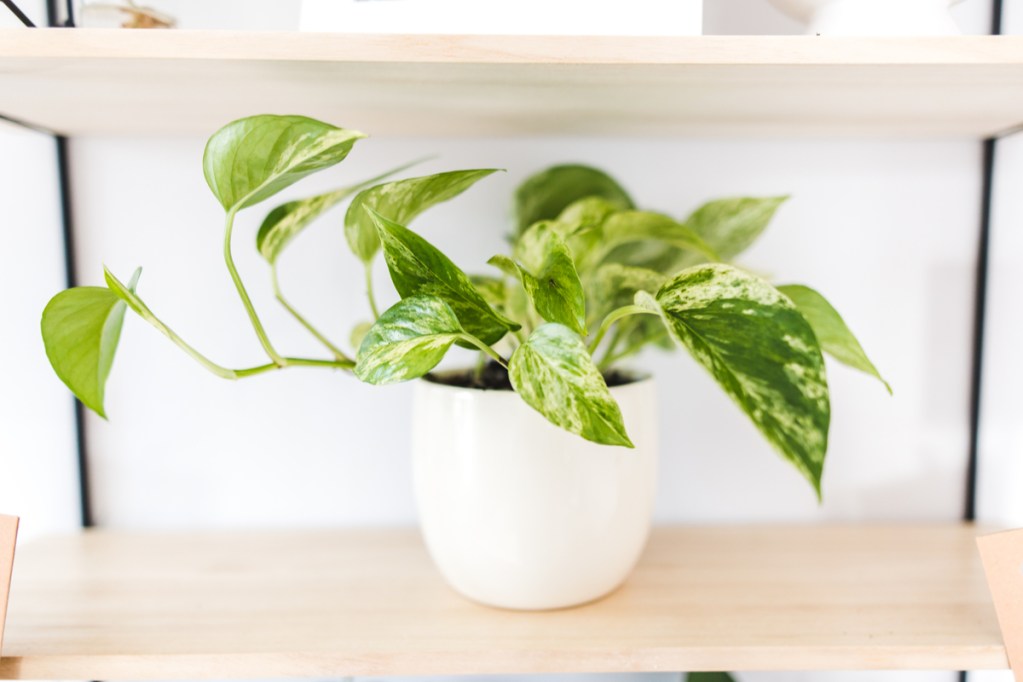
If you’ve been wondering: Is pothos toxic to cats or is snake plant toxic to cats — then unfortunately, the answer is yes to both. Snake plants contain saponins, a naturally occurring compound found in many plants that can create a soapy foam. This compound is also what causes some people to taste soap when eating cilantro (which isn’t safe for cats to eat, either). Eating a plant with saponins can cause an upset stomach in cats, including vomiting and diarrhea. Alliums, legumes, and soapweed also contain saponins.
Pothos plants contain calcium oxalate, a mineral that isn’t technically toxic, but it does irritate soft tissues. A cat’s mouth and throat can become irritated and swollen if they chew on or swallow pothos leaves. This can be very dangerous, but thankfully the symptoms are typically easy for vets to alleviate. Other common houseplants that contain calcium oxalate are begonias, peace lilies, and dieffenbachia.
Lilies are beautiful flowers often kept in and around houses. However, you should avoid them if you have cats. Lilies are extremely toxic to cats, and not only if they chew on the leaves or petals. Licking small amounts of pollen off their fur or even drinking water from a vase of lilies can cause kidney failure.
Are succulents safe for cats?

Some succulents are safe for cats, while others are not. Succulents with thorns and spines are obviously unsafe to chew on, but are any succulents toxic to cats? Succulents in the Euphorbia genus and Kalanchoe genus are typically toxic to cats. This includes florist kalanchoe, mother-of-millions, coral cactus, pencil cactus, and crown of thorns. If your succulents are not a euphorbia or a kalanchoe, then the likelihood of it being toxic is much lower. However, there are many different types of succulents out there, and some are easy to misidentify or confuse for another. It’s a good idea to keep your succulents out of reach of curious cats, just to be on the safe side.
Before bringing home a plant, it’s important to know if that indoor plant is safe for cats. Although we can’t list every plant possible, now you know a few of the most common ones and how they impact your feline companion. When in doubt, keep your plants out of reach of your cats, and call your vet if you think your cat may have eaten something poisonous.


